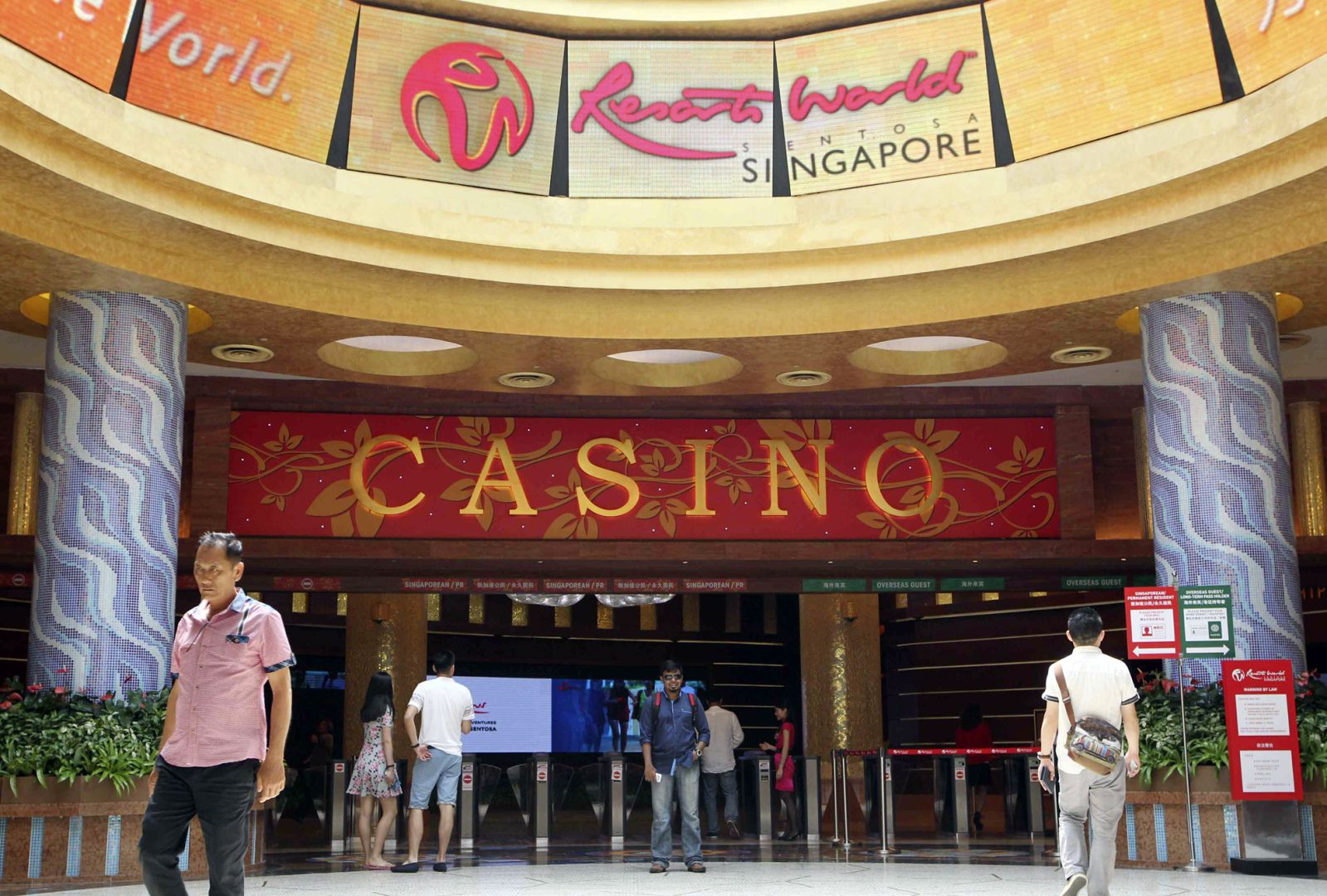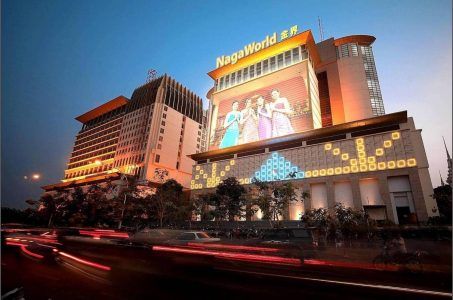Visitor Arrivals to Singapore Increased Eight Percent in 2016, But Gaming Spend Down
Posted on: June 26, 2017, 03:30h.
Last updated on: June 26, 2017, 02:54h.
Singapore’s tourism sector is growing in terms of visitor arrivals and overall spending, but when it comes to the “sightseeing, entertainment, and gaming” component, receipts were down in 2016.

The Singapore Tourism Board reports that international visitor arrivals totaled 16.4 million last year, an eight percent gain on 2015’s numbers. Tourist receipts came in at S$24.6 billion ($17.7 billion), a 13 percent year-over-year gain.
Shopping spend soared some 51 percent, hotel income jumped 26 percent, and food and beverage revenue gained 20 percent. So, it’s quite surprising that the sector that includes gaming fell 14 percent.
The island city-state off southern Malaysia is home to two casino resorts, Genting’s Resorts World Sentosa, and Las Vegas Sands’ Marina Bay Sands.
Mass Market Up, VIP Down
According to Fitch Ratings, one of the world’s “Big Three” credit rating agencies along with Moody’s and Standard and Poor’s, the reason for Singapore’s gaming slide can be attributed to a dwindling VIP base.
Unlike in other gaming markets where the Big Three are bullish, Fitch isn’t so optimistic on Singapore’s two integrated resort (IR) casinos. That’s largely due to China seemingly relaxing its crackdown on VIP junket operators in Macau.
In 2016, Indonesia accounted for the most international arrivals to Singapore with 2.89 million travelers. China followed closely with 2.86 million, and Malaysia a distant third at 1.15 million.
In a note issued in February, Fitch said of Singapore’s casino market, “Gaming revenues continues a downward trajectory in 2016 largely due to a steep contraction in the VIP segment.” The rating agency also opined that growing competition in Southeast Asia, primarily in the Philippines and Macau, will further hurt the country’s IRs.
Casino operators in Macau have honed in on the mass market over the last year or so as China impeded VIP tours. But the reality is that the coveted high roller segment is still a much-needed demographic for a thriving gambling market.
Blueprint for Stagnation?
Japan is currently in the process of drafting its Integrated Resorts bill to legalize at least two commercial casino destinations. The country’s legislative arm, the National Diet, is rumored to be forming its gambling regulatory outline based off Singapore’s legalized environment.
Issue number one is how to best protect Japanese citizens from the potential social harms that two full-fledged casino resorts might bring. In hopes of reducing problem gambling, the Diet is rumored to be considering an entrance fee for citizens that could be as high as $100.
The goal is to make sure those who enter the casinos are gambling with money they can afford to lose.
In Singapore, locals must pay $71 to walk into Resorts World or Marina Bay Sands. That keeps most citizens out, and restricts their gambling to the state-run lottery and sports pools, and casino cruises that offer lower table minimums and slot wagers.
While the multibillion-dollar gaming conglomerates jockeying for one of the two Japan casino licenses might wish the country doesn’t impose an entrance fee, they will be hopeful that the Diet follows Singapore’s gaming tax structure.
Singapore taxes gross gaming revenue on premium players (those who start with $72,000 or more) at 12 percent, and 22 percent on all others.
Related News Articles
Wynn Land Deal Shows Deep Connections Between Wynn, Trump, and Ruffin
Manila Casino Development Westside City Announces $1 Billion Expansion
New York Governor Andrew Cuomo Rejects Idea of Casino Bailouts
Most Popular
Tropicana Las Vegas to be Imploded, Tentative Date Set
VEGAS MYTHS BUSTED: Golden Gate is the Oldest Casino in Vegas
Most Commented
-
End of the Line for Las Vegas Monorail
— April 5, 2024 — 90 Comments
















No comments yet